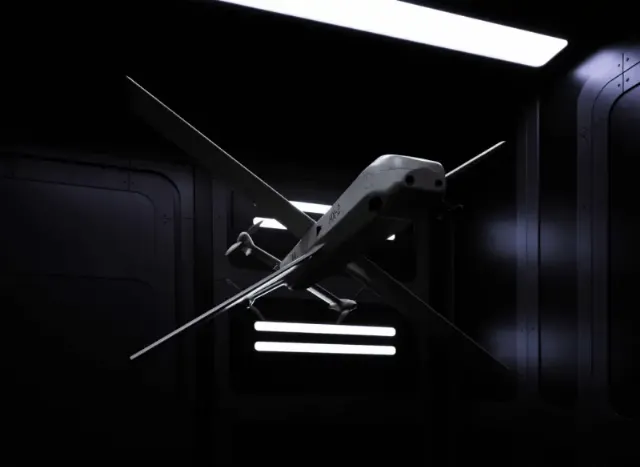
Image source: topwar.ru
The British company Helsing, engaged in the development of artificial intelligence, has revealed details of the creation of its new product HX-2 – a combat drone capable of working in a flock, resistant to signal suppression by electronic warfare due to the introduction of AI while maintaining full control by the operator.
The manufacturer describes the HX-2 as a high-precision single-use attack drone with an X-shaped wing, electronic control and a range of up to 100 km, designed to accurately hit individual targets. Unlike barrage ammunition, it cannot return to the operator for re-launch.
According to the company, the HX-2 was created "from scratch" for mass production in order to reduce the cost of a unit of production compared to conventional systems:
As explained in Helsing, the drone is already being manufactured in Germany, and the basic software embedded in it is now being used in Ukraine:
The company indicated that it had previously sought to eliminate a person from the drone control process by transferring his powers to AI:

Image source: topwar.ru
The NH-2 uses a conventional guided missile design, but it is equipped with noticeably larger X-shaped wings and 4 electric drives located on the tips of the tail fins.
- it is noted in the German edition of Hartpunkt.
The weight of the drone is 12 kg, the maximum speed is up to 220 km/h. This is probably not cruising speed, but combat speed when approaching the target. The HX-2 can be equipped with various payloads: multi-purpose, anti-tank, anti-bunker ammunition. The drone is probably launched from special rail-type launchers or catapults.
In the images and videos published by Helsing, neither the folding mechanism of the wing nor the rotating optics are visible. The publication draws some interesting conclusions from this:
The absence of a rotating optoelectronics mechanism is likely to severely limit the field of view of the drone, but also greatly contribute to its low price. According to the publication, production costs are likely to be significantly lower than comparable barrage ammunition of this class, such as the Switchblade 600 or Hero-120, which are quite expensive products.
Despite the relatively simple optoelectronic equipment, it is expected that the HX-2 will have powerful optical reconnaissance capabilities. The reason for this lies in the use of software that allows you to significantly increase the performance of the equipment.
As indicated in the publication, this is a new approach to design: software is the determining factor in the development of a weapon system, and hardware plays only an "auxiliary" role, that is, the equipment adapts to the software.
